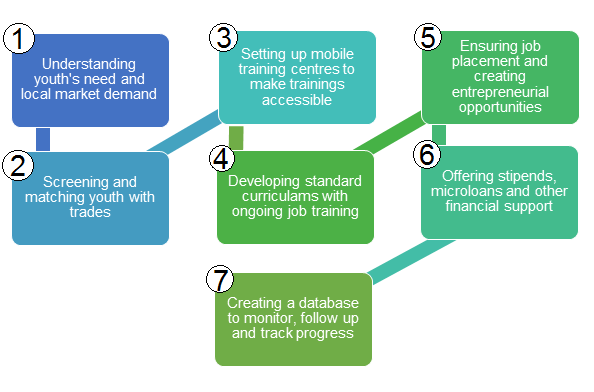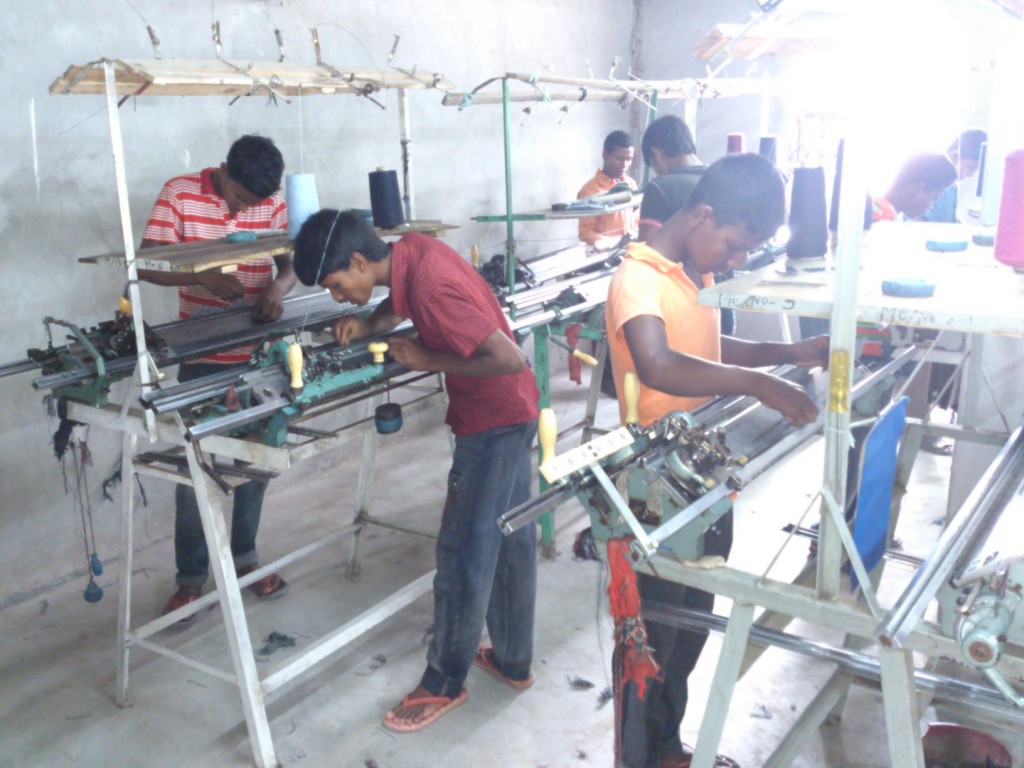By Masud Rana
During my thirteen-year tenure at BRAC and BRAC international, I have seen poverty in different contexts. Regardless of where I was, I noticed two key factors behind poverty, especially when it comes to the youth. One is unemployment and the other is underemployment.
Youth employment has always been a crucial issue in Bangladesh, but the country fails to create adequate job opportunities for rapidly increasing young population that are in line with their educational qualifications. The Daily Star, a leading newspaper, reported on July 11, 2014 that about one-third of the youth, between 15 and 29 years old, in Bangladesh are unemployed or underemployed. Under the current circumstances, the government is trying to create 10 million jobs under the five-year plan through growth in various industries. Also, NGOs and development partners, such as Swisscontact, are working on youth unemployment.
Currently, a substantial number of youth are working in the garments, leather, and toy-making industries for a low wage due to their lack of proper skills. Some industries offer a probationary period for on-the-job training of the unskilled youth with an aim to help them get a job with a standard wage – a chance to get out of poverty. However, what happens if they fail to get a job? The youth may choose to migrate abroad, often illegally, to look for better paying work, and many experience poor and sometimes dangerous working conditions.
Clearly, a major concern in Bangladesh is to link the youth with appropriate skills, which has not yet been addressed. Another problem for youth is difficulty in gaining access to finance. For example, some training centres charge a fee to the participants for providing skills development training. As a result, some youth interested in entrepreneurship can’t afford to enroll in the training program due to financial constraints. If we could introduce a loan facility for training to address this issue, it will open a wider avenue to employment. Microfinance can be an effective solution, but it alone cannot be the silver bullet. However, it’s clear there is a correlation between finance and skill development. Therefore, the seven points illustrated below need to be addressed in order to realize the youth’s full potential.

In short, potential youth screening, enhancing their skills on trades that have high demand in the market and linking the trained youth with employers and industries will help youth to break out from the poverty trap caused by unemployment and underemployment.
If all development partners work together at the grassroots level and follow the steps shown above, the economic status of the youth will be dramatically improved within a short period of time. Bangladesh will acquire a great many skilled workers, brain drain will go down, employer will get efficient labor force, and youth will get out of poverty. It is high time to convert the crucial problem of Bangladesh into our strong point. The government, private sector and NGOs should come together with the same goal to create a skillful future for youth.
Masud Rana is a Senior Sector Specialist with the Research and Development Unit, Microfinance

It is a great idea for youth
Your best written inspire to RDU team.
Masud Bhai’s written inspire to all Sector Specialist of RDU.